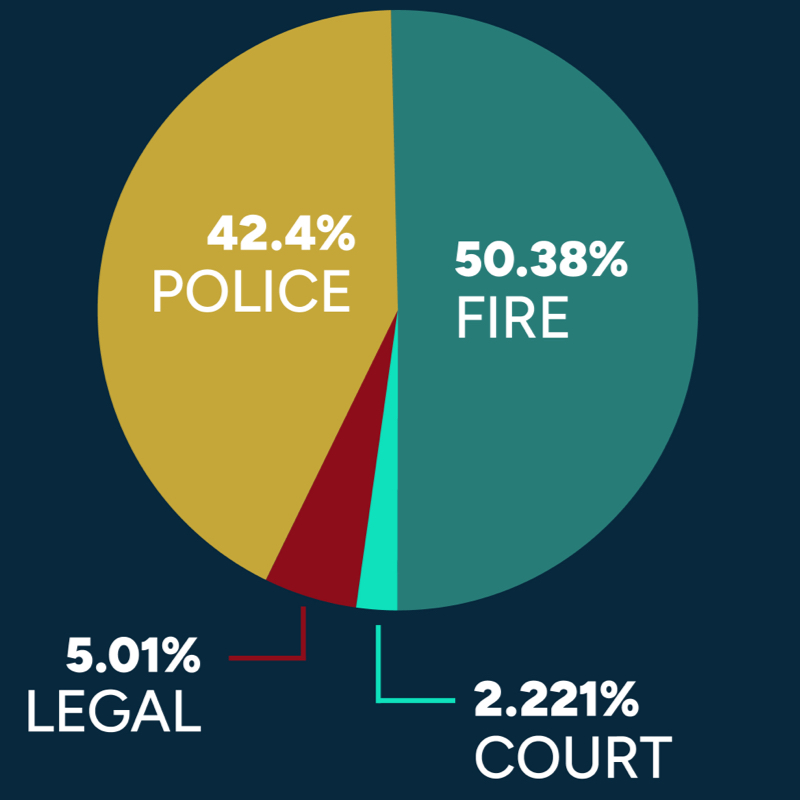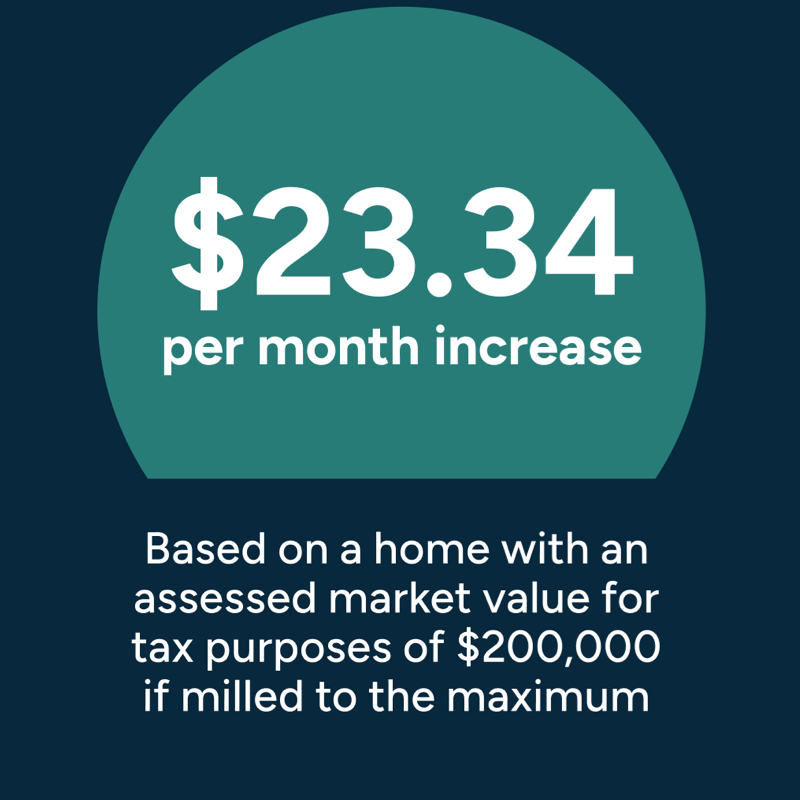Public Safety
Levy Facts
It’s been more than 50 years since Great Falls voters have passed public safety funding – resulting in a bond that constructed our current four fire stations. Since then (1969), the footprint of our city has grown by 44% and the strain on our public safety system continues to increase. In an effort to preserve tax increases, a public safety levy to increase funding for additional personnel, fundamental resources and equipment, and training has never been passed. But after 50 years, our public safety departments (police, fire, legal, and court) are beginning to see the effects. And so is our community.

Great Falls in 1969: 18 square miles
Great Falls in 2023: 26 square miles
The Great Falls Public Safety Levy will provide funding to keep the city’s public safety resources running adequately to service our growth.

4 School Resource Officers for over 11,000 students and staff
There are currently only 4 school resource officers for over 11,000 students and staff at 21 Great Falls Public Schools. SROs play an important role in mentoring youth and proactively deterring crime and conflict at our schools.
The Great Falls Public Safety Levy will allow hiring of two additional SROs to help protect our schools, students, and teachers.
Why do we need a Public Safety Levy?
Due to the growth of our city, the natural increase in inflation, and limits on tax revenue funding that are accessible by law, a public safety levy is the only option to provide funding. The Great Falls Public Safety Levy will cost approximately $280.11 a year for a home with an assessed market value for tax purposes of $200,000 if milled to the maximum. The mills will provide important funding to allow fire, police, court, and legal services to adequately address the current and growing public safety needs in Great Falls.
How will the Levy impact our Public Safety?




What resources will the levy fund?
24 sworn police officers, including 2 SROs, along with equipment and training, to address rising crime
2 additional 911 dispatchers to enhance resources for emergencies
32 firefighters, safety equipment, and training to increase coverage and response times
8 new court and legal positions and software to improve the efficiencies of our overloaded court and legal system
New equipment and resources to keep our first responders efficient, effective, and safe